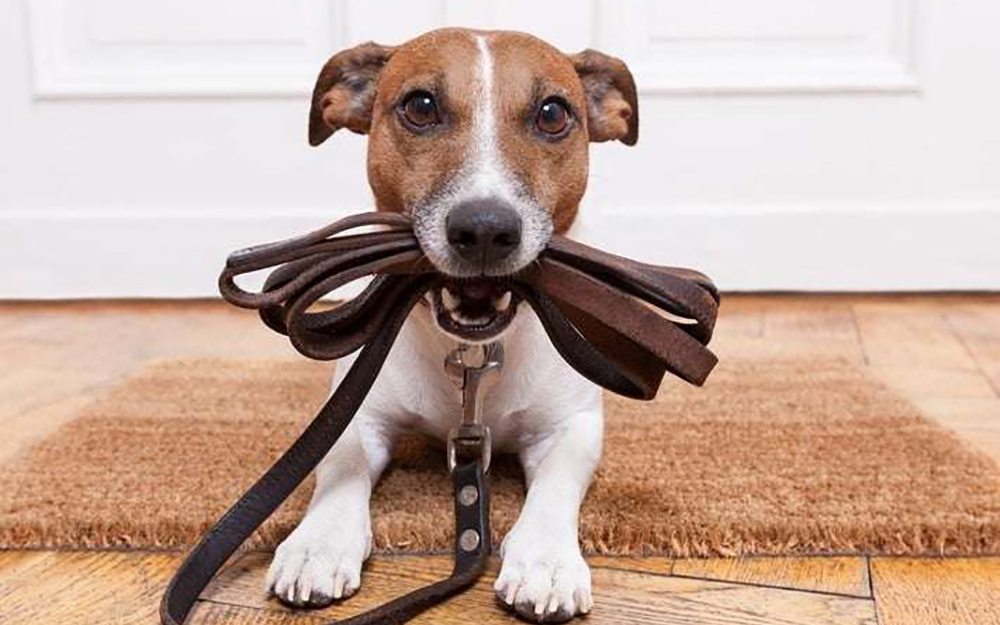
By Janet McAfee
On the morning of July 4, Coachella Valley residents were shaken by an earthquake centered in Ridgecrest that was felt throughout much of Southern California. Since then, our state has been shaken by hundreds of foreshocks and aftershocks as scientists speculate about the timing of “The Big One” that could bring widespread destruction. Preparing ahead of time is crucial, and those of us with pets must plan for them as well.
The 10 freeway, our only egress from the area by automobile, could become so crowded that evacuation from the Coachella Valley would be almost impossible. In addition to stocking up on food and water for our human family members, it is wise to have a two week supply of dog and cat food on hand. Local businesses may be closed or run out of merchandise. If your pet requires medication, have refills on hand.
Here are some additional tips to ensure that Fluffy and Fido are well cared for during an emergency:
Make sure your pet wears a collar with an engraved ID tag containing your contact phone number. Petco and PetSmart can make personalized ID tags for a nominal cost. It’s best to use your cell phone Make sure you keep information up to date. An engraved ID tag is the quickest way to get your pet back to you should he escape for any reason.
Get your animal microchipped by a veterinarian or low cost spay clinic. A microchip is a tiny device the size of a grain of rice inserted near the pet’s base of the neck. It contains its owner’s address, phone, and all contact information. All shelters and veterinarians have scanners that can read this information. However, a significant percentage of microchips are not registered, so please be sure to do so and make sure you keep information updated. Make sure the rescue organization where you adopted your pet is not still listed as the contact.
Make sure your pet’s vaccinations are up to date in case he is exposed to contagious illnesses during an emergency. Keep copies of your pet’s medical records in your earthquake kit.
Pack bandages, cotton gauze squares, triple antibiotic ointment and other first aid items, pet food, bowls, emergency contact information, kitty litter, and basic cleaning supplies.
Favorite toys can comfort pets. Playthings containing silver vine have been shown to attract cats more than catnip, and it is said to have a calming effect. A toy or item that allows a dog or cat to hide is also helpful when they are stressed.
Have enough crates and carriers to contain all your pets should you need to evacuate.
Have sufficient leashes and harnesses to contain all your dogs as you may have to walk them in unfamiliar areas.
Locate “pet friendly” locations ahead of time, including hotels and out-of-town friends who would welcome your pets into their home during a crisis.
Take current photographs of your pets and store them on your cell phone. Make sure the photos are up close and clearly identify the animals. A photo also helps identify you as the owner should you need to prove this.
Keep a familiar blanket or towel in your emergency kit. These comfort your animals, and can become a bed or line a cage in a pinch.
If your dog doesn’t always get along with other dogs, particularly if he’s frightened in a disaster, make sure you have a muzzle.
If your pet goes missing during a natural disaster, or for any reason, check local animal shelters online and in person. Check Craig’s List, Facebook, and www.NextDoor.com which post missing pets. Many communities have a Facebook page devoted to the return of missing cats and dogs. You can easily create an account on www.NextDoor.com, post your dog’s photo with your contact information and it is distributed to hundreds of residents in your community. Post flyers in strategic areas.
As pet lovers, we must include our four-legged family members in disaster plans. Plan ahead, and keep Fido and Fluffy safe and sound!











































